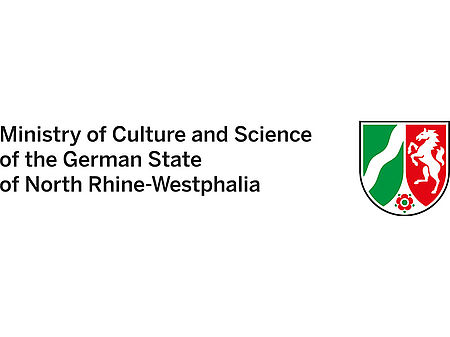Preservation Planning and Action
The core mission of ZB MED’s digital preservation strategy is to ensure that digital information resources can be used and re-used over the long term.
Various steps are required to achieve this. These include evaluating the risks faced by digital objects, storing possible preservation measures in the archiving system (preservation planning) and implementing whatever measures may be required.
Key criteria that affect the reusability of a digital object are:
- the technical integrity of the object, i.e. a flawless technical structure (known as bitstream preservation);
- the object’s format (file formats that are endangered will require format migration measures; this aspect is known as logical preservation);
- adequate descriptive and technical metadata (semantic preservation).
ZB MED’s Preservation Policy sets out the basic principles of its digital preservation strategy in sections 5.1 to 5.12. These lay the foundations for guaranteeing the integrity, authenticity and interpretability of the data and metadata of digital objects archived by ZB MED.
Transfer to the digital archive
Possibilities for digital preservation tend to be limited in the case of proprietary and special formats. Nevertheless, ZB MED guidelines stipulate that all objects may be transferred to its digital archive, whatever format they may be in. In general, however, ZB MED’s digital preservation strategy recommends the use of widely used, standardised and open formats when publishing items through GMS, the PUBLISSO Gold platform or the Repository for Life Sciences.
Digital preservation rights are governed by agreements made between those who produce the data and those responsible for publishing platforms such as PUBLISSO or by ZB MED licensing offices. These rights may include the right to make copies during digital preservation and to convert the digital content into a different data format. The rights granted in each case are recorded as metadata in the repository and taken into account in preservation planning.
If those responsible for information resources deliver content that cannot be migrated – e.g. because those rights are not available – then ZB MED’s only option is to carry out bitstream preservation, which is the most basic technical layer of digital preservation.
Choosing the right preservation solution
Help in choosing a suitable preservation approach comes from automated processes in the digital preservation software and quality assurance work by staff:
- extraction of technical metadata (e.g. file format, checksum): enables quality assurance both during and after transfer to the repository;
- format identification with the DROID plug-in: enables assignment of format-specific risks to individual objects;
- format validation with the JHOVE plug-in: identifies objects that do not match the format specifications;
- editing of information packages by staff members: acts as an additional quality assurance step to ensure metadata is complete.
If an object being transferred to the repository is identified as corrupt or invalid, a request for an intact object is sent to whoever produced the data. The non-compliant object is then replaced by the intact version. If no intact version is available, then efforts are made to repair the object.
The Rosetta digital preservation software used by ZB MED includes a dedicated module for preservation planning.
At the heart of this module is the Format Library. Integrated within Rosetta, this user-driven global knowledge base provides Rosetta users with information on data formats. It is primarily based on the PRONOM technical registry of file formats, an initiative that also involves the participation of the international digital preservation community.
Risk factors are defined in the Format Library for each file format at an institutional level, enabling the performance of risk analyses and appropriate preservation measures, such as migration. Tools for migration can be incorporated as plug-ins where required.
All preservation measures are applied to the copy of a digital object and are recorded and documented by the system in the technical and administrative metadata.
Preservation watch
One of the pillars of long-term preservation planning at ZB MED is compliance with legal requirements and social trends, such as current developments in the realm of open science (e.g. Plan S) and FAIR principles. Equally important, however, is the inclusion of target group needs and expectations (community watch) and the incorporation of technological developments (technology watch). Together, these aspects come under the heading of “preservation watch”.
Preservation watch includes a focus on format identification and format risks. In this context, ZB MED plays an active role in the nestor working group on format identification and is a member of the Open Preservation Foundation. These initiatives help ZB MED further expand its expertise in the various types of file formats.
Contact
Dr. Katharina Markus
Head of Digital Preservation
Phone: +49 (0)221 999 892 661
Send mail
Related Links
ZB MED's Preservation Policy
Plan S
FAIR Principles
Partners of digital preservation





